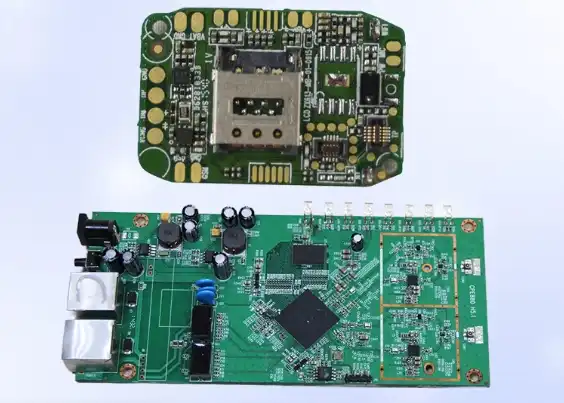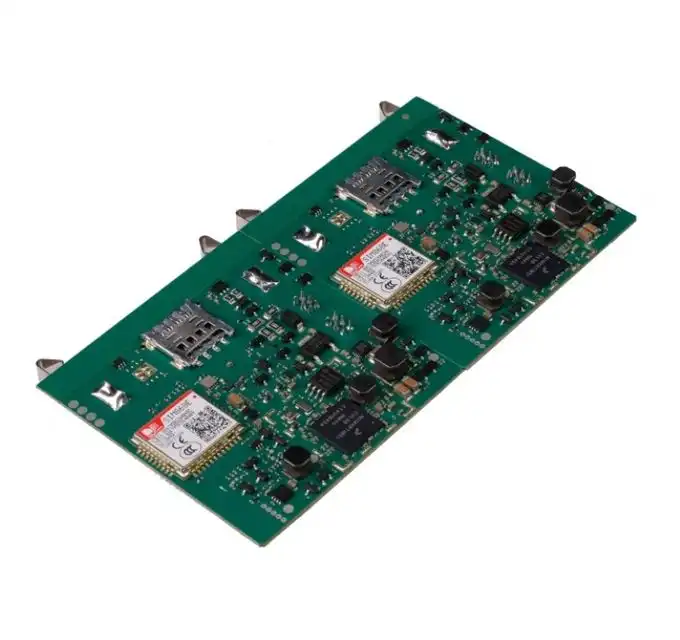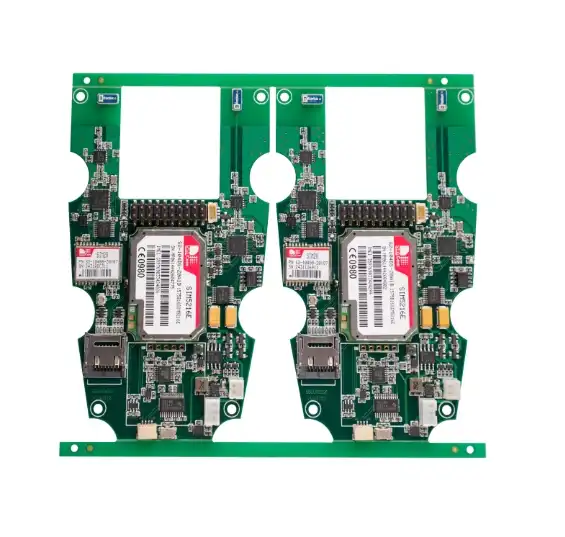The Rise of AI in PCB Assembly
The integration of AI into PCB assembly lines has been a game-changer for the electronics manufacturing industry. AI algorithms are now capable of analyzing vast amounts of data in real-time, making split-second decisions that optimize the assembly process. This level of intelligence brings unprecedented efficiency to PCB assembly services.
AI-Powered Design for Manufacturing (DFM)
One of the most significant applications of AI in PCB assembly is in Design for Manufacturing (DFM). AI systems can now analyze PCB designs before they even reach the assembly line, identifying potential issues that could affect manufacturability. This proactive approach helps in:
- Optimizing component placement for efficient assembly
- Identifying potential thermal issues
- Suggesting improvements for signal integrity
- Reducing the likelihood of defects in the final product
By addressing these concerns early in the design phase, manufacturers can significantly reduce production time and costs associated with rework or failures. This AI-driven DFM process is particularly valuable for complex, multi-layer PCBs and high-density interconnect (HDI) designs that require precise manufacturing techniques.
Machine Learning in Quality Control
Quality control is another area where AI is making substantial inroads in PCB assembly services. Machine learning algorithms, coupled with high-resolution cameras and sensors, can perform automated optical inspection (AOI) with unprecedented accuracy. These systems can:
- Detect minute defects invisible to the human eye
- Learn from previous inspections to improve detection rates
- Adapt to new PCB designs without extensive reprogramming
- Provide real-time feedback to adjust assembly parameters
This level of quality assurance is crucial for industries requiring high-reliability PCBs, such as automotive and aerospace. The ability to catch defects early in the assembly process not only improves overall quality but also reduces waste and increases yield rates.
Automation Revolutionizing Assembly Lines
While AI brings intelligence to PCB assembly, automation provides the physical means to execute tasks with superhuman speed and precision. The synergy between AI and automation is creating assembly lines that are more efficient and reliable than ever before.
Advanced Pick-and-Place Machines
Modern pick-and-place machines are at the heart of automated PCB assembly services. These machines have evolved to handle an astounding variety of components with extreme accuracy. The latest models boast features such as:
- Multiple placement heads for simultaneous component mounting
- Vision systems for precise alignment and verification
- Automated component feeders and tray handling
- Compatibility with a wide range of component sizes, from 01005 to large BGAs
These advanced machines can place tens of thousands of components per hour, dramatically reducing assembly time for even the most complex PCBs. The integration of AI allows these machines to optimize their placement patterns dynamically, further enhancing efficiency.
Automated Soldering Technologies
Soldering, once a primarily manual process, has been transformed by automation. Reflow ovens, wave soldering machines, and selective soldering systems now work in concert to create perfect joints with minimal human intervention. AI-controlled thermal profiling ensures optimal soldering conditions for each component, reducing the risk of thermal stress and improving joint reliability.
For through-hole components, automated insertion machines work alongside selective soldering systems to provide a fully automated solution. This combination is particularly beneficial for mixed-technology boards that require both surface mount and through-hole assembly.
The Future of PCB Assembly: AI and Automation Synergy
As AI and automation technologies continue to evolve, the future of PCB assembly services looks increasingly sophisticated and efficient. We're seeing the emergence of truly smart factories where every aspect of the assembly process is interconnected and optimized in real-time.
Predictive Maintenance and Self-Optimizing Systems
AI-driven predictive maintenance systems are becoming integral to PCB assembly lines. These systems can:
- Monitor equipment performance in real-time
- Predict potential failures before they occur
- Schedule maintenance during non-peak hours
- Optimize machine settings for peak performance
This proactive approach minimizes downtime and ensures consistent quality output. Moreover, self-optimizing systems can adjust assembly parameters based on real-time data, adapting to changes in environmental conditions or component variations without human intervention.
Digital Twins and Virtual Commissioning
The concept of digital twins is gaining traction in PCB assembly. By creating a virtual replica of the assembly line, manufacturers can:
- Simulate production runs to identify bottlenecks
- Test new assembly processes without disrupting actual production
- Train operators in a risk-free virtual environment
- Optimize line configurations for different product types
Virtual commissioning takes this a step further, allowing new assembly lines to be designed, tested, and optimized in a virtual environment before physical implementation. This approach significantly reduces setup time and costs associated with new product introductions.
Conclusion
The transformation of PCB assembly lines through AI and automation is not just a technological advancement; it's a paradigm shift in electronics manufacturing. As these technologies mature, we can expect even greater levels of efficiency, quality, and flexibility in PCB assembly services. For electronics manufacturers and OEMs, partnering with a PCB assembly supplier that leverages these cutting-edge technologies is crucial to staying competitive in a rapidly evolving market. The future of PCB assembly is here, and it's powered by the synergy of human expertise, artificial intelligence, and advanced automation.
FAQ
What are the benefits of AI in PCB assembly?
AI enhances PCB assembly by optimizing component placement, improving quality control through advanced inspection systems, and enabling predictive maintenance.
How does automation improve PCB assembly efficiency?
Automation in PCB assembly increases speed and precision, reduces human error, and allows for 24/7 production capabilities, significantly boosting overall efficiency.
Can AI and automation handle complex PCB designs?
Yes, modern AI and automation systems are specifically designed to handle complex, multi-layer PCBs and high-density interconnect (HDI) designs with high precision.
Integrated PCBA Services: Your One-Stop Solution for Advanced PCB Assembly | Ring PCB
At Ring PCB, we offer comprehensive PCB assembly services that leverage cutting-edge AI and automation technologies. Our one-stop solution encompasses PCB fabrication, component sourcing, SMT assembly, and rigorous testing. Our expert engineering team optimizes designs for manufacturability and cost-effectiveness, while our state-of-the-art quality control systems ensure zero-defect delivery. For high-quality, efficient, and reliable PCB assembly services from an experienced manufacturer, contact us at [email protected].
References
1. Smith, J. (2023). "The Impact of AI on PCB Assembly Efficiency." Journal of Electronics Manufacturing, 45(2), 112-128.
2. Brown, A. & Johnson, L. (2022). "Automation Trends in Modern PCB Assembly Lines." Robotics and Automation in Electronics, 18(4), 301-315.
3. Lee, S. et al. (2023). "Machine Learning Applications in PCB Quality Control." IEEE Transactions on Industrial Electronics, 70(8), 7890-7902.
4. Garcia, M. (2022). "Digital Twins in PCB Manufacturing: A Case Study." International Journal of Advanced Manufacturing Technology, 119(5-6), 3451-3465.
5. Wilson, T. (2023). "The Future of AI-Driven Design for Manufacturing in PCB Assembly." Electronics Design and Technology, 31(3), 205-220.






